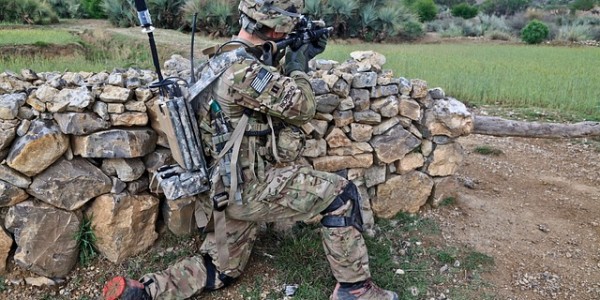You’re probably familiar with the fictional character, Iron Man. Maybe you recall reading the comic books as a kid, or maybe you’ve seen one of the films from the franchise that has collectively earned $2.4 billion in box offices worldwide. People love far-fetched fantastical stories, which is part of what has made Iron Man so successful over the years. The idea of a person encased in an ability-enhancing robotic exoskeleton is pure science fiction right? Up until recently that’s been the case, but the U.S. military is looking to change that.
The Defense Advanced Research Projects Agency (DARPA) have put researchers at Harvard’s Wyss Institute for Biologically Inspired Engineering in charge of developing a robotic exoskeleton that can be used by future soldiers. The $2.9 million contract is supposed to lead to a soft and flexible suit that they’re calling the Soft Exosuit. While the suits are being designed with military applications in mind, there’s hope that the exosuits can one day be used by civilians who have trouble with mobility.
These soft robotic suits are supposed to provide similar benefits as other robotic exoskeleton designs, but have the added benefit of being light and flexible. There are a few exoskeleton concepts being researched and designed at the moment, but most of them have the disadvantage of being heavy and bulky. The Soft Exosuit is supposed to give its wearer added strength and durability, but without sacrificing mobility.
The suit fits mostly around the wearer’s lower body, and is made up of woven textiles that are equipped with microprocessors and a power supply. The suit also has motors which supply the wearer with extra strength and mobility.
While the Soft Exosuit doesn’t seem to offer as much protection as the bigger, bulkier robotic exoskeletons, it does have a huge advantage of being more intuitive. The Soft Exosuit is supposed to work with leg muscles and essential enhance movement naturally. Since these suits are supposed to work with the body’s natural movements, the learning time should be lower than the larger, less natural exoskeletons that are being developed.
